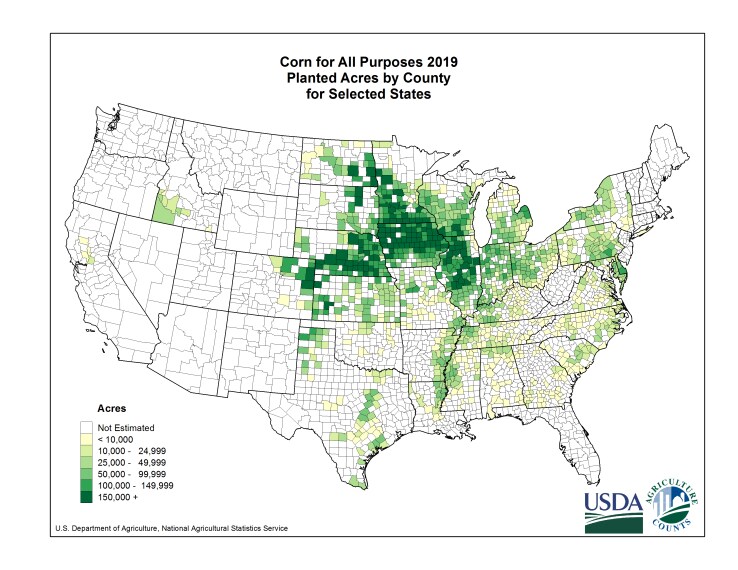‘Corn sweat’ may exacerbate heat impact in Midwest this weekend
July 14, 2020 - Matthew Cappucci

Dr. Basso was quoted in an article in the Washington Post about the effect that evapotranspiration from maize on increasing the heat index in the midwest of the United States:
If you’re a meteorologist, putting together a good forecast doesn’t just require knowing about clouds and storm systems. Sometimes, you need some intimate knowledge about corn.
Corn is a major influencer of summertime weather in parts of the Midwest and northern Plains, along a swath of the nation’s heartland aptly dubbed the Corn Belt. Corn, soybean and other crops release water into the atmosphere through evapotranspiration. This is a cooling mechanism for the plant akin to sweating in humans.
That moisture gets soaked up by the lower atmosphere, potentially bringing unbearable tropical humidity levels during the height of summer, along with hazardous heat index levels. The dynamic is going to be on full, uncomfortable display in the coming days as a heat wave roasts this region.
.
.
.
“[Maximum temperature] is actually decreasing across the Midwest, but the average nighttime temperature is still increasing at [double] that rate,” Basso said, noting the region’s increased moisture is helping keep overnight temperatures warmer. “And if [nighttime minimum temperatures are] greater, you have a greater capacity to hold more moisture.”
.
.
.
“Precipitation is actually increasing in the Midwest, and the variability is increasing as well,” said Basso. “Most of the farmers may be more averse to thinking climate change, but they’re certainly thinking climate variability.”
Read the full article at the Washington Post.

